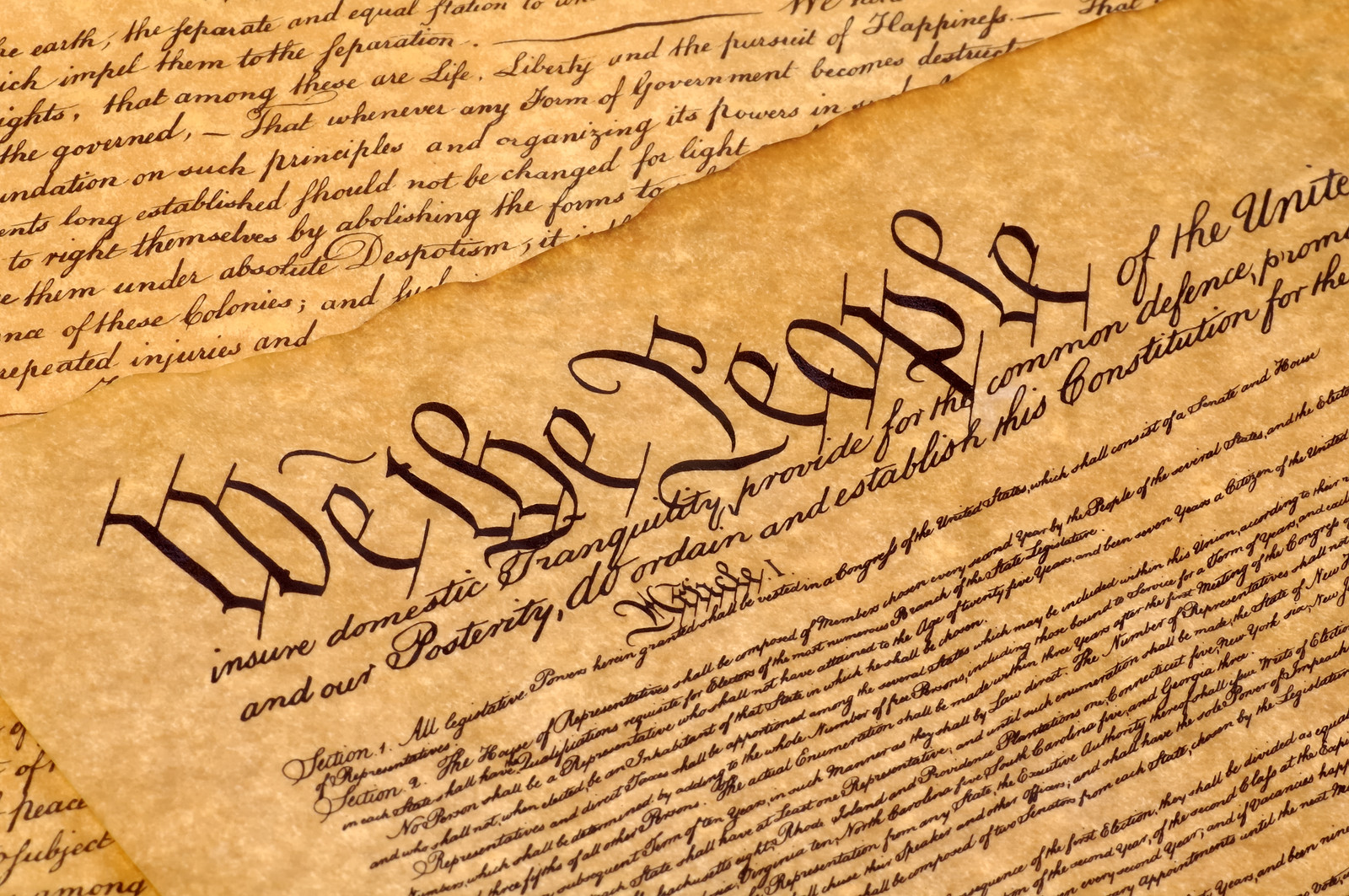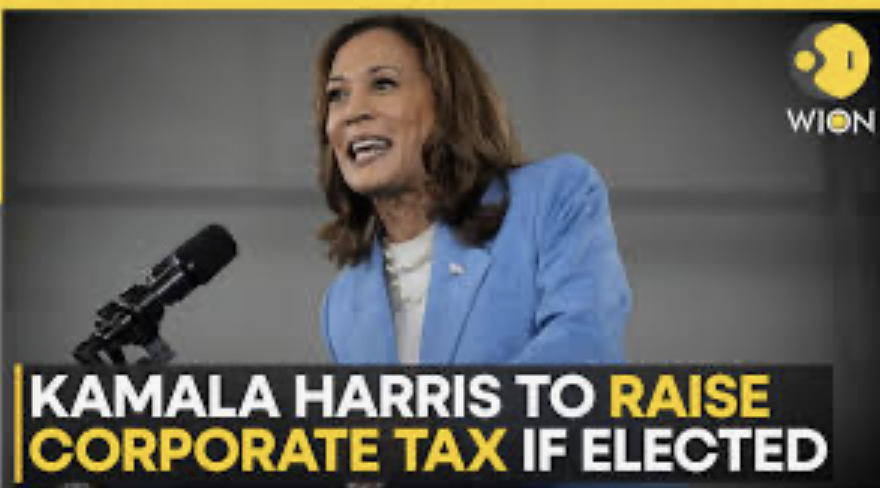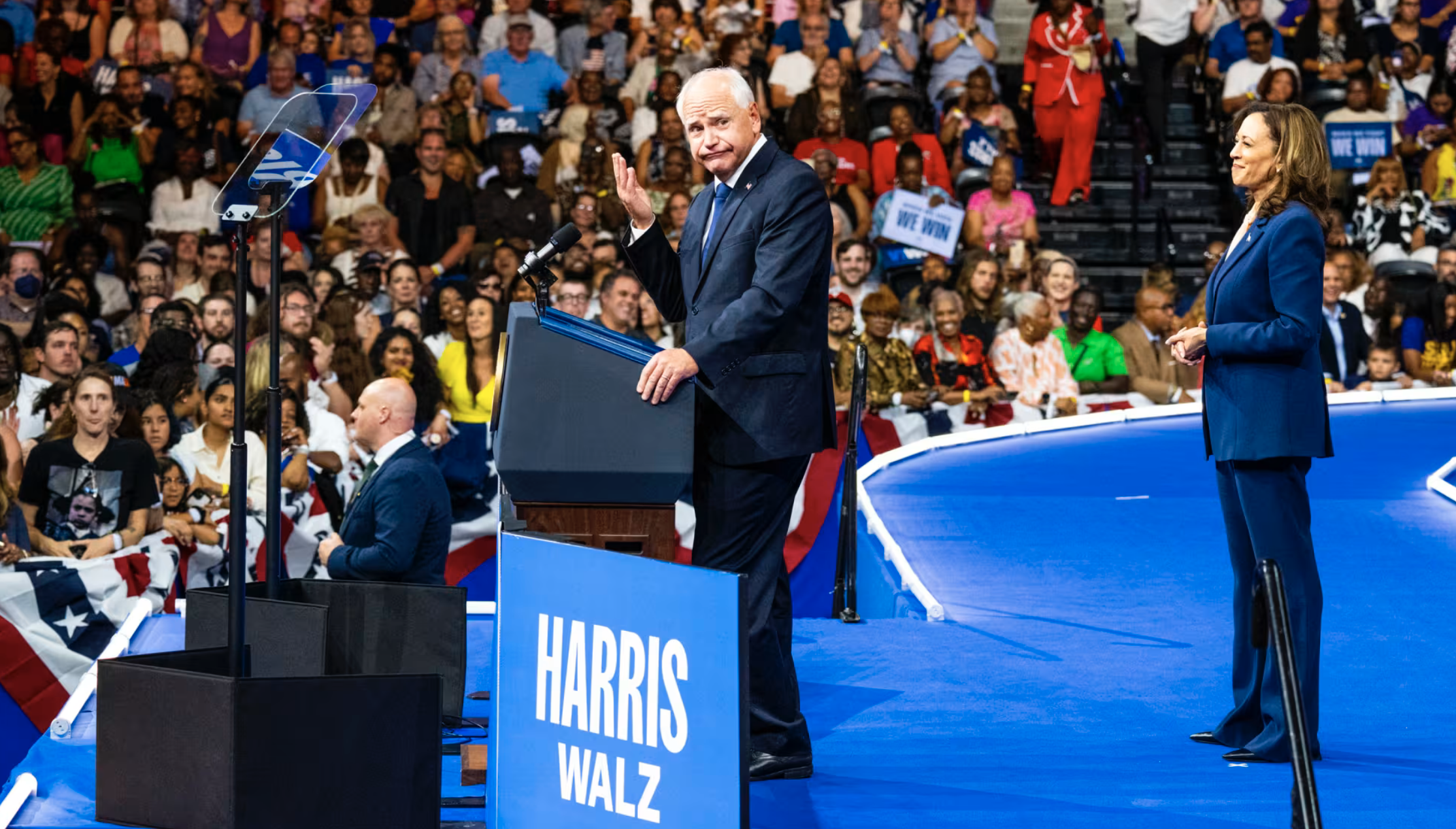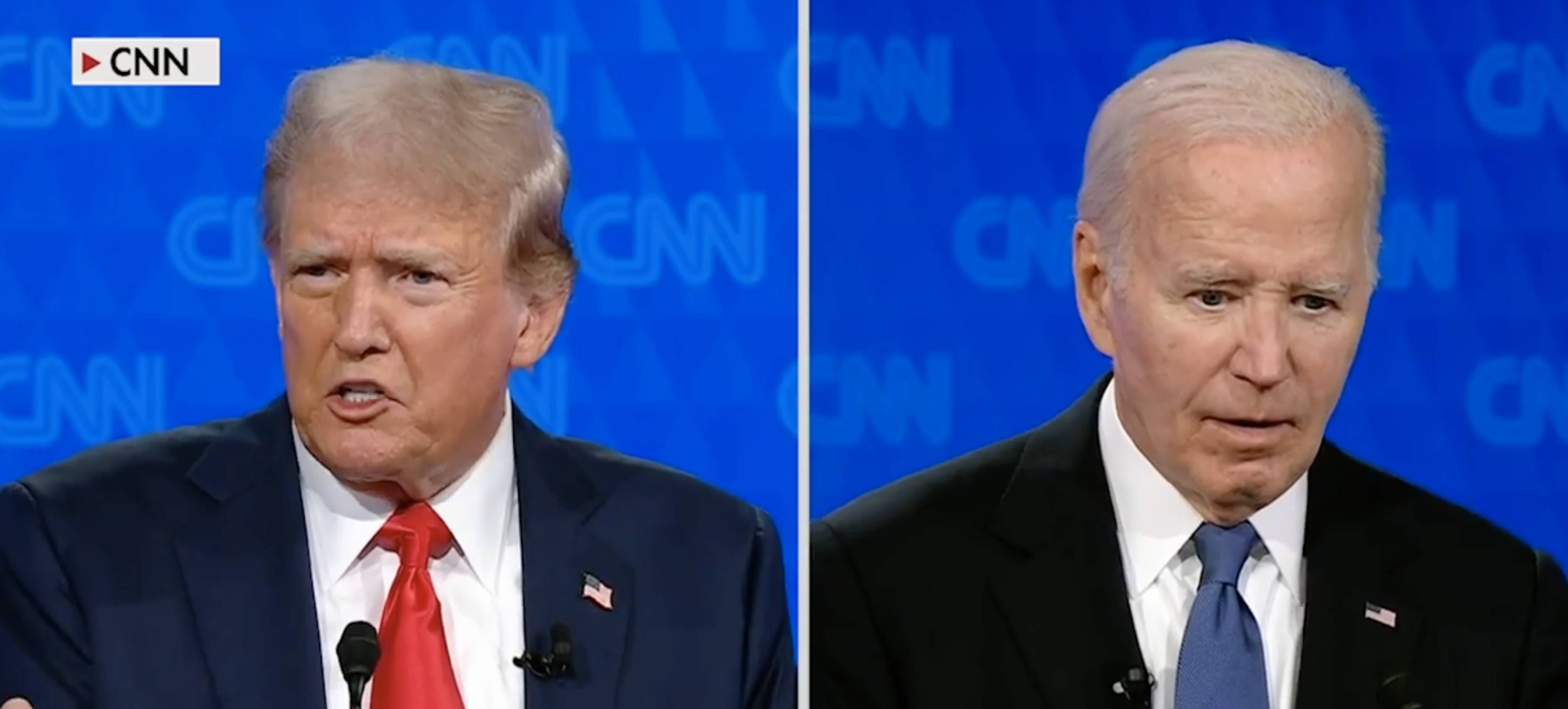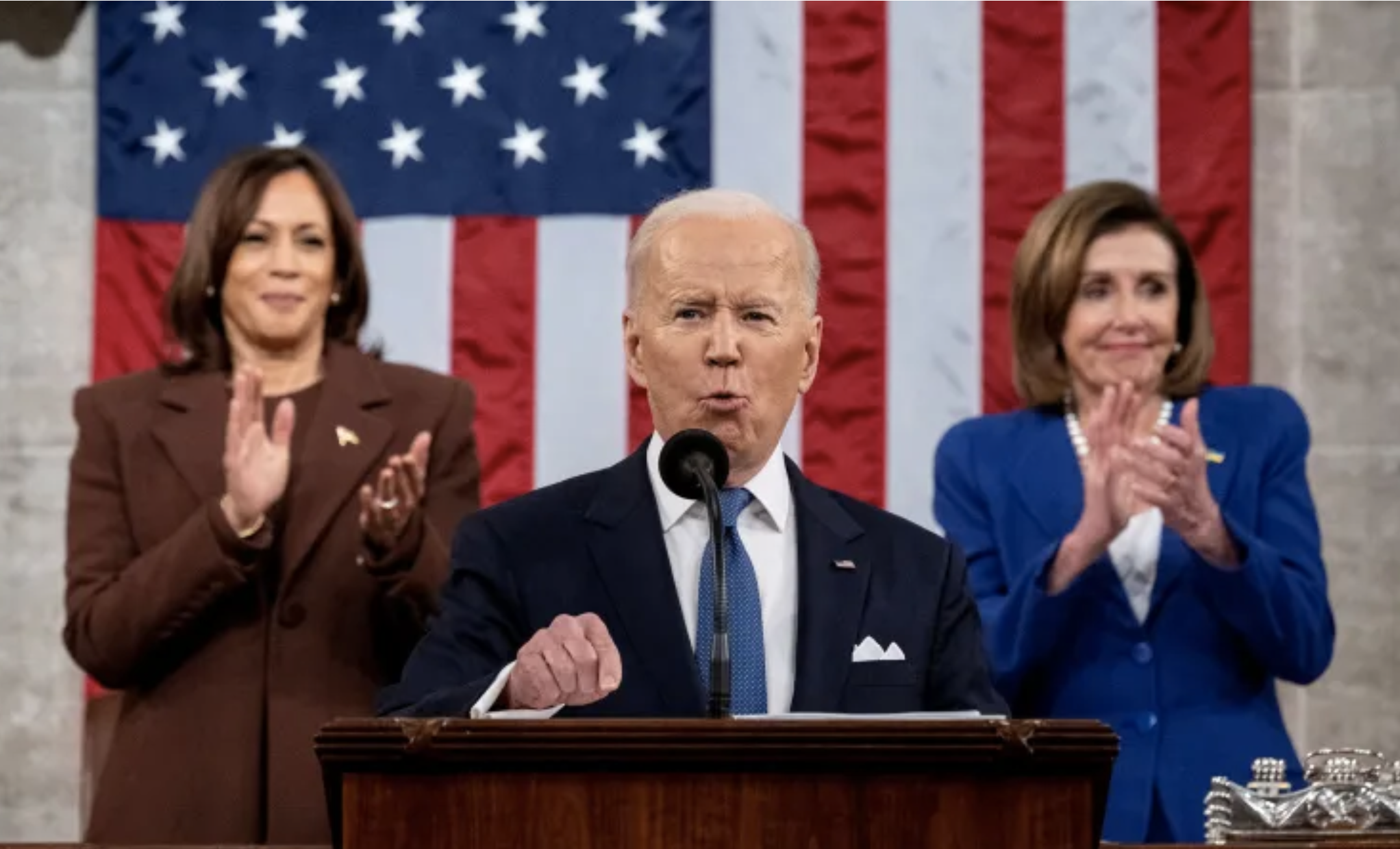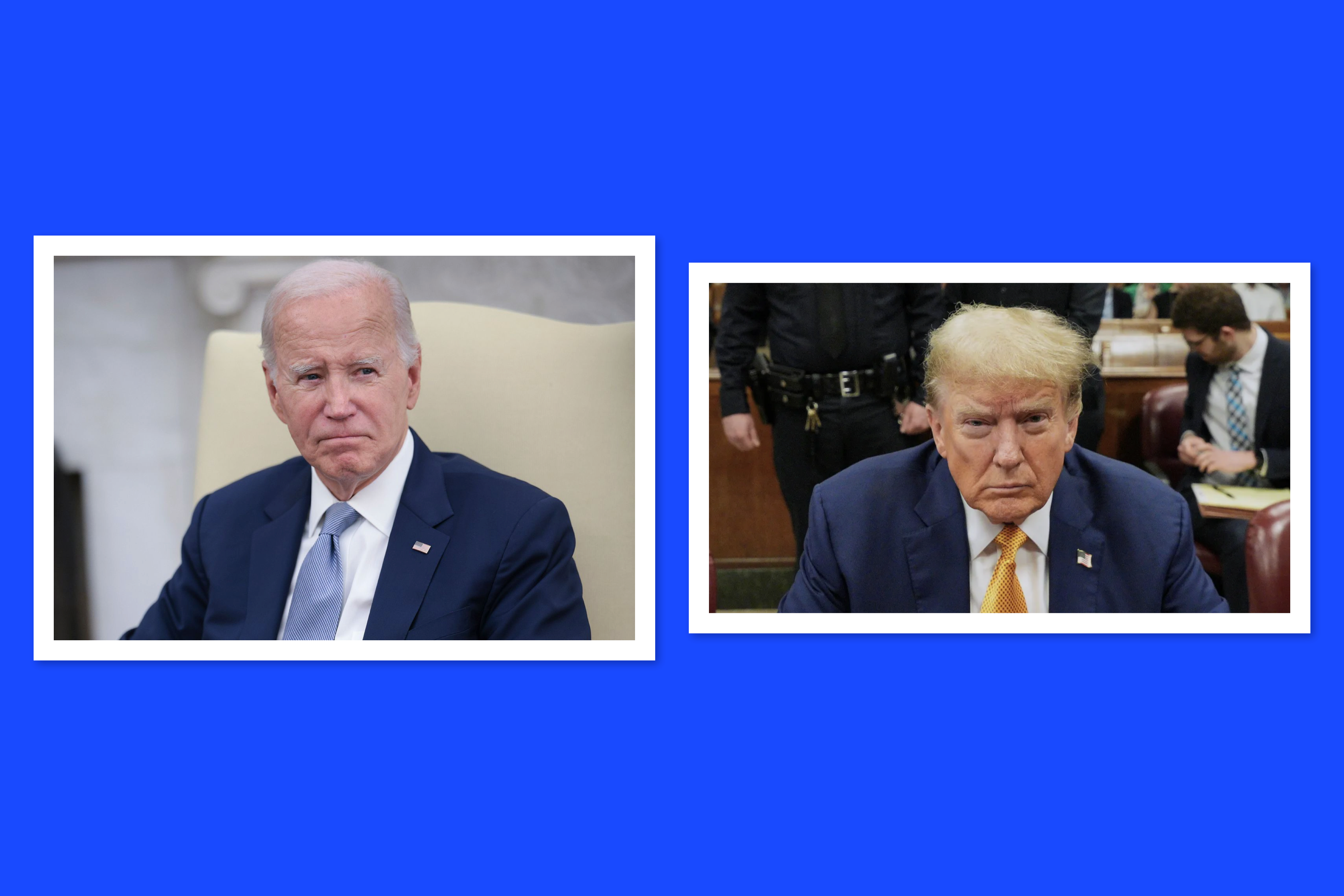A Comparison of Policy Results between Biden and Trump
President Biden is often angry these days. He must be increasingly desperate as his policies fail and his poll numbers sink. Nevertheless, no matter how low his approval ratings, Ex-President Trump has only a modest advantage over Biden. As of May 9, 2024, the RealClearPolitics poll averages show that 39.1% of people approve of Biden’s policies, while 56.4% disapprove. They also show only 24.0% believe the country is on the right track while 65.4% believe the country is on the wrong track. Yet, an ABC News and Ipsos poll released on May 5 shows Trump leading Biden by only 2 points, 46% to 44%. Given Biden’s disapproval by the people, Trump should be annihilating Biden at the polls. Are the legacy media confusing the electorate in their support of Biden?
Luckily for American voters, both presidential candidates have a track record as President. We can compare the differing results of their very different policies. Concerning the views of most of the media supporting Biden, I will follow the advice of the Gospel of Matthew.
Beware of false prophets, who come to you in sheep’s clothing, but inwardly they are ravenous wolves. You will know them by their fruits. Do men gather grapes from thorn bushes or figs from thistles? Even so, every good tree bears good fruit, but a bad tree bears bad fruit. A good tree cannot bear bad fruit, nor can a bad tree bear good fruit. Every tree that does not bear good fruit is cut down and thrown into the fire. Therefore by their fruits you will know them.
Matthew 7:15-20, New King Janes Version
Bidenomics and Trumpnomics
As James Carville, the famous Democratic pundit and political consultant, once pontificated in 1992, the most important factor in politics almost always is how well the economy is doing. “It’s the economy, stupid,” was his famous quip. So how well did the economy perform under Trump, and how well under Biden?
Of course, there was an extremely big distortion in the record created by the COVID-19 pandemic. During the beginning of the pandemic during Trump’s administration, many state governments effectively shut down their state’s economy by requiring employees to stay home. By the middle of 2020 these shutdowns had been lifted. The pandemic was not caused by Trump’s policies. Therefore, in comparing economic policies of the two administrations, we should keep this handicap of Trump’s administration in mind.
Let us first look at real GDP growth rates from the beginning of Trump’s administration in 2017 to the present. The U.S. Federal Reserve gives us the following graph from the Federal Reserve Economic Database (FRED). It shows the annualized quarterly growth rate of the GDP, updated monthly, measured in constant 2017 dollars.

For most of Trump’s tenure, the GDP growth rate oscillated around 3 percent prior to the onset of COVID-19. It reached a maximum of 4.1 percent in Q1 2018 and a minimum of 1.6 percent in Q1 2019. Then the pandemic hit. The state economic shutdowns caused GDP growth to precipitously fall from 3.3 percent in Q4 2019 to -7.4 percent in Q2 2020. After the states released their respective economies to grow again, the national GDP growth rebounded to +12.0 percent in Q2 2021 during Biden’s administration. The growth rate then fell to end up at 2.9 percent in Q1 2024. When you extract the effects of the COVID-19 pandemic, there does not seem to be a lot of difference between Trump and Biden.
Let us then consider the differences in the U3 unemployment rate under the two Presidents. This is shown in the plots below from the beginning of Trump’s regime in January 2017 to April 2024 under Biden. The actual unemployment rate in percent of the labor force is given by the solid blue line. The dotted red line is the percent change of the unemployment rate from the previous year.

Under Trump, up until the onset of the pandemic shutdowns, the unemployment rate consistently fell from 4.7 percent in January 2017 to 3.5 percent in February 2020. The percent change in the unemployment rate was consistently negative, starting at -2.1 percent in January 2017 and ending at -7.9 percent in February 2020 (i.e. a growth of 7.9 percent in employment from the previous year). Ignoring the effects of the pandemic between February 2020 and January 2022, we pick up Biden’s record in January 2022. Beginning in that month, the unemployment rate started at +4.0 percent, then hovered around 3.5 percent, finally growing to 3.9 percent in April 2024. The annualized percent change in the unemployment rate increased from -37.5 percent in January 2022 to +14.7 percent in April 2024. The empirical data is telling us the Trump policies were greatly superior to the Biden policies in decreasing unemployment.
Finally, let us consider the records of the two Presidents on CPI inflation. This is shown below in a plot from January 2017 to April 2024.

At the beginning of Trump’s regime the annualized inflation rate was 2.3 percent, which then fluctuated from a low of 1.6 percent in September 2017 to a high of 2.4 percent at the onset of the pandemic in February 2020. During Trump’s last year in 2020, the pandemic caused inflation to fall a little farther with the depression of demand. With the beginning of Biden’s regime, the inflation rate increased very rapidly from 1.3 percent in February 2021 to 6.5 percent in March 2022. It hovered around this summit for a few months, reaching 6.6 percent in September 2022. It then gradually declined to 3.6 percent in April 2024. There can be no doubt from the empirical evidence that inflation has been much more painful under Biden than under Trump.

NBC News / Carlos Barria / Reuters
The differences in economic policies between Trump and Biden are most fruitfully summarized in their attitudes about the role of government in the economy. Clearly, Trump had much greater faith in free-market capitalism than Biden. In order to remove the burden of government from private businesses, Trump did a number of things to reduce federal government regulations and their burden on the economy. In the same month he took office, Trump signed executive order 13771, which required that for every new regulation added, two had to be
removed. A subsequent executive order 13777 issued on February 2017 required every federal regulatory agency to appoint regulatory reform officers to oversee the reduction of burdens on the economy. A completely unprecedented step was taken by the Office of Management and Budget. OMB established a new regulatory budget, which required each agency to put a ceiling on the total cost of their regulations.
Biden’s administration, on the other hand, has gone crazy in creating new regulations. Below are plots of the cumulative number of regulations put out as a function of the number of months in office for every President from Reagan to Biden. The chart was put together by Investopedia using data from George Washington University.

Biden’s regulations have particularly hamstrung the energy markets. Despite a plethora of scientific evidence against it, progressive Democrats have panicked at the possibility of humans causing a planetary “heat death” by our carbon dioxide emissions. The evidence against this can be found in the post The Idiocy of Joe Biden’s Climate Plan, with other evidence provided by Anti-AGW Global Warming Scholarly References and What Consensus on Anthropogenic Global Warming? Other considerations are mentioned in the post CO2 Levels In Air Dangerously Low for Life on Earth.
To prevent a supposed planetary heat death, the Biden Administration first stopped the construction of the Keystone XL Pipeline that would have transported oil from Canada’s Athabasca tar sands to the U.S. Then Biden used executive orders to halt new oil and gas production from public lands and waters. He has taken similar steps to halt domestic coal production. The problem with discouraging fossil fuel sources is that the vast majority of U.S. energy is provided by fossil fuels. The pie chart plot below of energy sources comes from the University of Michigan.

This chart tells us approximately 79 percent of all U.S. energy consumption in 2022 came to us from fossil fuels. Someday renewable energy sources might provide us with most of our energy, but it will be a long time from now.
It is not at all hard to find the reason why Trump’s approach to the economy is so much more fruitful than Biden’s. All social systems are chaotic, the economy most especially so. Social systems are composed of a huge number of components, which are human beings and groups of human beings. These components then interact in a huge number of often unpredictable ways. A more exhaustive description of interactions in a chaotic system can be found in my post How Is the Weather Like a Country’s Economy? Government bureaucrats tend to simplify problems and require all companies to adhere to the same regulations. What they dictate might be useful for a very few people and companies, but hurtful to many more. It is this complexity of reality that makes it impossible for government to be either competent or capable in solving or even ameliorating most social and economic problems.
Illegal Immigration and the U.S. Border
There have been so many catastrophes under Biden, it is hard to pick which has been the worst. However, Biden’s opening of our borders to illegal immigrants has got to rank right up there with the worst. On his very first day in office, Biden moved to eliminate Trump’s barriers to illegal immigration. Biden halted construction of the border wall and paused most deportations from the U.S. interior. Tellingly, one Biden directive formally stopped Trump’s attempt to exclude undocumented immigrants from the census figures used to apportion states’ seats in Congress. This last action should tell you exactly why Biden opened our borders: He expected to glean more Congressional Democratic votes for the blue states that welcomed illegal immigrants.
President Trump did a number of things to stop illegal immigration across the Mexican border. First he threatened to impose large tariffs on all imported Mexican goods unless the Mexican government did all it could to stop the flow of immigrants. The tariffs would start at 5 percent on June 10, 2019. If that did not create the desired results, Trump said the tariffs would progressively increase to 10 percent by July, 15 percent by August, 20 percent by September, and a permanent level of 25 percent by October.
As a backstop to those threats, Trump invoked Title 42 of the U.S. Code in March 2020. This health measure allowed for the prohibition of “the introduction of persons and property from such countries or places as he [the President] shall designate in order to avert such danger [from disease], and for such period of time as he may deem necessary for such purpose.” Since COVID-19 was raging internationally at the time, this seems to have been a common sense use of the statute, not only to limit illegal immigration, but for health reasons as well.
However, Biden eliminated most Trump efforts to stem illegal immigration. The consequences of that seem to be backfiring on the Democratic Party. In the plot to the left, you can see how illegal immigration exploded with the advent of the Biden Administration.
In February of 2024, the Gallup Organization reported that immigration surged to the top of the “Most Important Problem List.” For local and state governments, illegal immigrants are a net fiscal drain.
That is, they receive a lot in government services, but they pay very little in taxes. Also, a June 2023 study by the Heritage Foundation showed that increased illegal immigration also increased the crime rate. This study quoted a 2021 Department of Justice Report as saying that 64 percent of federal arrests in 2018 involved noncitizens despite the fact they were only 7 percent of the population at the time. The Heritage Foundation report stated: “In 2023 alone, Border Patrol agents have encountered thousands of illegal aliens with prior criminal convictions, including assault, rape, and murder.”
In reviewing all these facts, can there be any doubt that Trump’s policies attempting to stop illegal immigration are far superior to Biden’s open border policies?
International Affairs
Biden’s performance in international affairs has been only a little better than his domestic policies. As in his domestic policies, he seems to have concentrated on reversing everything Trump had done in foreign affairs. For example, consider Trump’s agreement in February 2020 with the Taliban, called the Doha Accord, to withdraw from Afghanistan.
As with almost every U.S. war since the end of World War II, the Afghan war had become a “forever war,” which lasted for over two decades. It had become a “forever war” because U.S. forces had allowed the Taliban to use neighboring Iran and Pakistan as sanctuaries. As long as Taliban forces remained over the border, we were not allowed to attack them. They could then limit their destruction by U.S. forces to a level they could endure. The Doha Accord was Trump’s attempt to extract us from that particular “forever war.”
However, U.S. withdrawal was conditioned on the Taliban meeting a number of requirements. Among them was a Taliban pledge to participate in negotiations with other Afghanis. In the language of the agreement, the Taliban was to participate in an “intra-Afghan dialogue” to achieve a “permanent and comprehensive ceasefire.” They were to agree peacefully on a “political roadmap” for the future of Afghanistan. In addition, the Taliban were not to attack U.S. forces as they withdrew. As Trump’s Defense Secretary Mark Esper put it, the Doha Agreement was “a conditions-based agreement.” He also said, “if progress stalls, then our drawdown will be suspended, as well.”
In fact, the Taliban honored none of these agreements and took Afghanistan by force during the Biden Administration. Instead of responding by attacking Taliban forces, Biden cravenly made a chaotic retreat in which both U.S personnel were killed and a huge amount of U.S. military equipment was lost at Bagram Airbase.
Yet another contrast between the foreign policies of Trump and Biden was the U.S. killing of Iran’s IRGC commander, Major General Qassem Soleimani, on January 3, 2020 during Trump’s administration. As the commanding general of Iran’s Islamic Revolutionary Guard Corps, Soleimani was in charge of the military expansion of Iran’s Middle East empire. Almost immediately after his death, Democratic politicians and their media allies charged that Trump’s “reckless” action would bring war with Iran. In reply, the Trump administration cited intelligence that Soleimani was planning imminent attacks on American diplomats, personnel, and other interests in the Middle East. After a week of asserting imminent attacks as a justification, Attorney General William Barr declared the President had the right to act regardless of how imminent new attacks might be. This justification was due to the long history of the IRGC killing Americans and attacking American interests throughout the Middle East. This long history began with a car bomb attack on the Marine barracks in Beirut, Lebanon on October 23, 1983. This attack, which killed 241 Americans (220 being Marines), was perpetrated by the Iranian proxy Hezbollah. The driver of the car was believed to be an Iranian national.
However, was the attack prudent for American interests? Did it bring us closer to war? The aftermath was far different from what American progressives expected. After an ineffective Iranian missile attack on U.S. bases in Iraq, the IRGC shot down a Ukrainian airplane departing from Tehran. Apparently, a low-level officer thought it part of an American counterattack. Eventually, Iran had to admit the mistake. This admission, together with other domestic grievances, led to wide-spread domestic protests against the Iranian regime. The entire episode, starting with Soleimani’s killing, led to a significant reduction in Iranian domestic support for the Iranian regime.
To be fair to Biden’s foreign policies, he has given military supplies to Ukraine to support it during its invasion by Russia. For a while he also gave support to Israel during its war with Hamas. However, Biden’s support of Ukraine was dithering at best. And his support of Israel is withering as members of his political base oppose it.
In questions of war and peace, as well as in questions of foreign trade and the U.S. border, Trump has shown himself to be much more tough-minded than Biden. Biden would rather appease opponents (both foreign and domestic), while Trump would rather face them down to solve American problems.
Using these comparisons, who do you think would be the better President?
Views: 913

